Disputations and Controversies, Part 1
Einstein's theory of relativity challenged Newton's laws, sparking a scientific showdown over how gravity bends light. It was resolved during a total solar eclipse.
In most ancient historical records, there are mentions of battles and wars as well as of revolts, coup d’etats etc. The motivation for such events arose from economics—from the desire to replenish the treasury. However, a new element was inserted in the above situation with the arrival of philosophy and science. Man was not just a fighting animal: he had intellectual aspirations too. He had questions about how nature operates and how he could put that knowledge to practical use. It was in pursuit of science that man discovered what he termed as laws of nature. There were contributions to this pool of knowledge from various countries and today the pool is seen to be truly international. Not surprisingly, this growth has been achieved after a lot of arguments and discussions. Astronomy has a long history of controversies where opposite views collided. Copernicus, Tycho Brahe, Galileo, Kepler were some of these participants. Their debates have been of great interest even today, long after they were settled. My next three blogs describe three such cases.
The Bending of light
One of the major contributors to the laws of nature was Isaac Newton whose laws of motion and gravitation provided a comprehensive understanding of how things move. Whether it is a football kicked up or a projectile fired or a planet going round the Sun, Newton’s laws provide a quantitative understanding of the events. This understanding was built up by Newton through his theoretical reasoning as well as laboratory experiments and astronomical observations. Not surprisingly, Newton has been regarded as the father figure in science.
Despite his successes, Newton was self-critical with regard to any new idea. He would not believe a scientific statement unless and until it was experimentally or observationally verified. When asked about his opinion on why, as implied by his law of gravitation, matter attracts matter, Newton replied “Non fingo hypotheses (I do not make hypotheses).” Indeed, Newton kept a record of unanswered queries of a scientific nature, in the hope that eventually they would be solved.
In his book called Opticks there is one such query. “Do not Bodies act upon Light at a distance, and by their action bend its Rays, and is not this action (caeteris paribus) strongest at the least distance!” If experimental evidence showed that a ray of light changed its path as it passes close to a massive body, the answer to the query would be “yes”.
While science made progress in the laboratory, Newton’s query remained largely unanswered. In the meantime, Albert Einstein proposed the theory of relativity in two major steps. The special theory of relativity proposed in 1905 showed the need for a radical change in the ideas of space time and motion laid down by Newton and Galileo. The details took some time to digest and even today, there are scientists who find some of its conclusions hard to stomach.
Einstein’s general theory of relativity proposed in 1915 was even harder to digest. Although its primary motivation was to understand the phenomenon of gravitation, there were many inputs that were counter-intuitive. For example, the geometric rules needed to describe the measurements of space and time are not the familiar ones of Euclid which we learn at school. For example, Euclid’s theorem that the three angles of a triangle always add up to 180 degrees. General relativity on the other hand tells us that the presence of matter and energy alter the above rule—thus making life much more difficult !


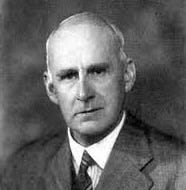
Newton vs Einstein
When there are two competing theories in the field, can we think of a test that would decide between the two? This was the question. Although Newton had not done so, some of the later mathematicians came up with an answer. Using Newton’s methods and his conjecture that a light ray consists of particles each traveling with the speed of light, they concluded that light is subject to the law of gravitation. On that basis they calculated that a light ray from a distant star traveling close to the Sun would be bent from its straight path by a tiny angle. How tiny? In school geometry we define that a right angle has ninety degrees. Divide a degree into sixty parts to get a tiny angle of “one minute of arc”. Further divide that minute angle into sixty parts called “seconds of arc”. The above calculation tells us that the bending angle will be about 0.87 seconds of arc. Could such a small angle be measured? Also, what was Einstein’s answer and how did it compare with Newton’s answer? These were challenging questions but scientists were confident that with a suitable experiment, they could be answered.
The proposed experiment required two measurements of the same star. One when it was close to the solar disc, and the other when the Sun was nowhere near it. The second measurement was routine—at night time the Sun would not be in the field of view. But the first measurement was tricky! It required the Sun to be around in the sky; but at the same time, the sky to be dark for the star to be visible. For this to be possible one needed to make the observation at the time of a total solar eclipse. When Einstein was putting finishing touches to his theory, he calculated that the bending of light as predicted by his theory was the same as from Newton’s law of gravitation. This conclusion was publicized and a German expedition was planned for the 1914 total solar eclipse. The spot chosen for observation was in Russia, but soon after the observers reached there, war broke out! This was to grow into World War I, in which Germany and Russia were on opposite sides. The Germans who had gone for the eclipse observations were interned as enemy aliens. So no observations could be taken. However, as we shall see later, this apparent setback saved Einstein from an embarrassing situation.
A total solar eclipse is the outcome of a special alignment of the Moon and the Sun with respect to the observer on the Earth…that is, when the Moon’s disc blocks the Sun completely. Such an event is rare and transitory and is observable from selected areas on the Earth. But if observers are located in those areas they can have a dark sky. The complexity of the experiment thus demanded an expert who appreciated the theory to be tested and was comfortable with all the observational constraints.
Fortunately, such an expert was available when Einstein’s general relativity was being discussed. Arthur Stanley Eddington, Plumian Professor of Astronomy and Experimental Philosophy at Cambridge University was one of the few scientists reputed to understand what relativity was about. He proposed to carry out observations of light bending during the total solar eclipse of 1919, a year after the World War ended.
The proposed experiment had to face numerous difficulties. It was certainly an exceptional situation that brought scientists together from nations that had been at war. During wartime when draft was compulsory, Eddington had pleaded to be excused from it for being a conscientious objector. A legal battle had to be fought to prevent Eddington from being imprisoned. Pleas from the Astronomer Royal and other important persons eventually succeeded in absolving him from jail!
Thus, after due thought and consultation and a government grant of 1000 pounds, Eddington organized two teams to do the necessary observations. The eclipse was due on 29 May, 1919 and to reduce the eventuality of bad weather, two observing sites were chosen. One was on the island of Principe in the Gulf of Guinea and the other at Sobral in Brazil.
Eddington’s eclipse expedition
Accounts of the historic observation are available in literature and we will summarize a few salient points. Eddington was the leader of the team and he had elected to observe from the Principe site as it was the more likely site with good weather. On the day of the event, however, the morning had heavy rain. Eddington had given up all hope of observing when the sky miraculously cleared and he was able to get some good observations. The other team in Sobral headed by Eddington’s colleague Crommelin had good weather but their best telescope turned out to be unusable as it was not set properly at the site. Their standby telescope took some photographs, however, even if not as good as hoped earlier.
As mentioned earlier, the observations during the eclipse had to be supplemented by others taken when there was no sun nearby. Ideally these should have been taken in Principe and Sobral. But very limited facilities in these places meant that there would be considerable delay in the teams reaching back to England. So these observations were carried out in the U.K. after the team’s return. It took some time to complete the data reduction, and the date of announcement of the result (November 6, 1919) was eagerly awaited. Newton’s solution to the bending problem was 0.87 second while Einstein’s prediction after he revised his earlier calculation was 1.74 second: that is twice the Newtonian prediction.
There was considerable excitement when the Astronomer Royal announced the result to a packed gathering in London, organized by the Royal Society and the Royal Astronomical Society. The verdict was in favour of Einstein. A.N. Whitehead, a distinguished scientist wrote on the occasion:
…The whole atmosphere of intense interest was exactly that of a Greek drama: we were the chorus commenting on the decree of destiny as disclosed in the development of a supreme incident. There was… in the background the picture of Newton to remind us that the greatest of scientific generalizations was now, after more than two centuries to receive its first modification…
The news received worldwide publicity and Einstein became world famous. There were several media articles on him. For example, the couplet on Newton by the poet Alexander Pope:
Nature and Nature’s laws lay hid in night. God said let Newton be and there was light.
was extended by the following addition:
But not for long! With the Devil howling Ho! Let Einstein be; restored the status quo.
Later it was recalled that Einstein’s first calculation, which he made while formulating the general theory of relativity, had led him to the same answer as the Newtonian value (0.87 second), had been wrong. Had the 1914 German expedition taken place as it was planned, it would have concluded that Einstein had been wrong. His correct answer had come later than in 1914. Having to modify the predicted answer after observation is not impressive and it would have landed him in some embarrassment.


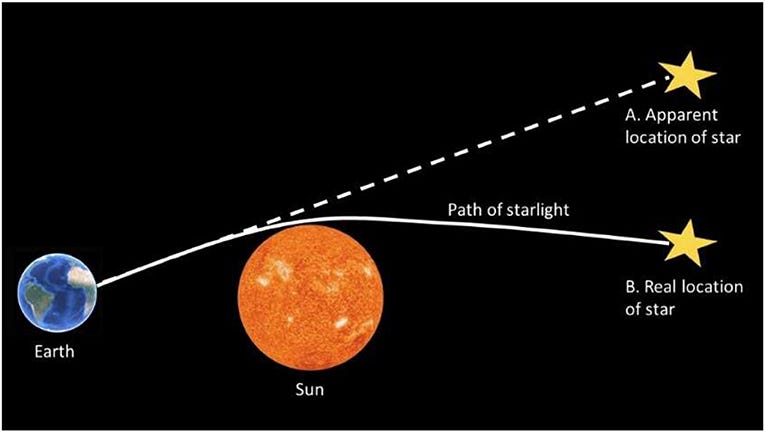
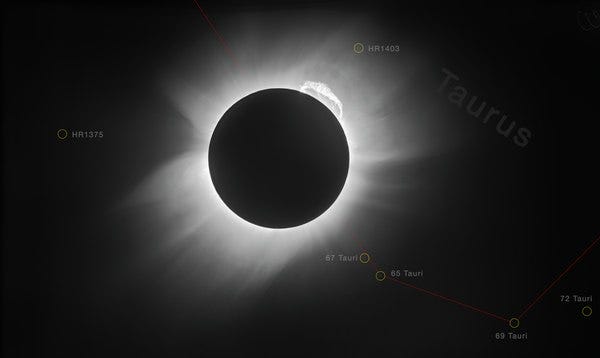
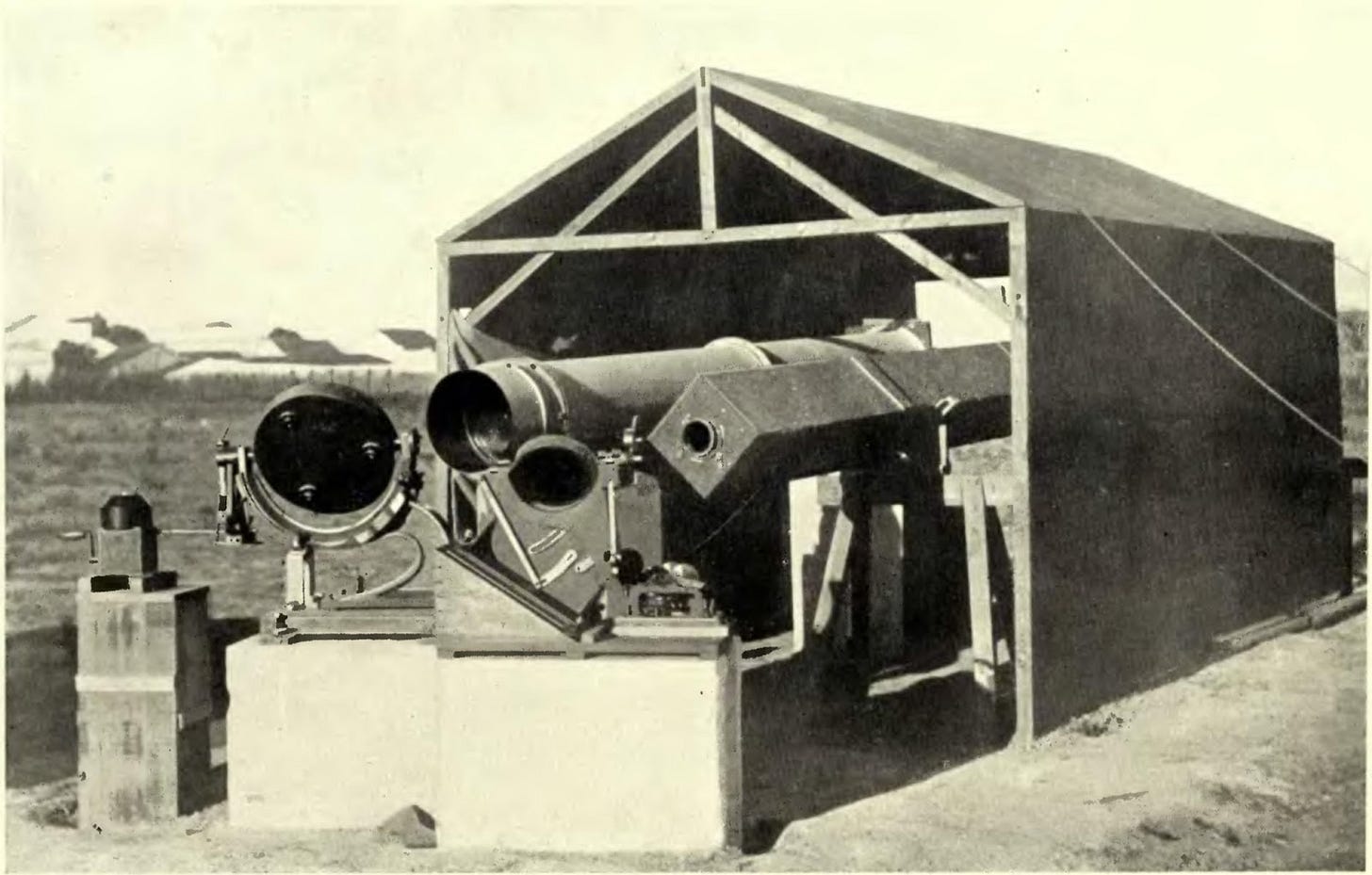
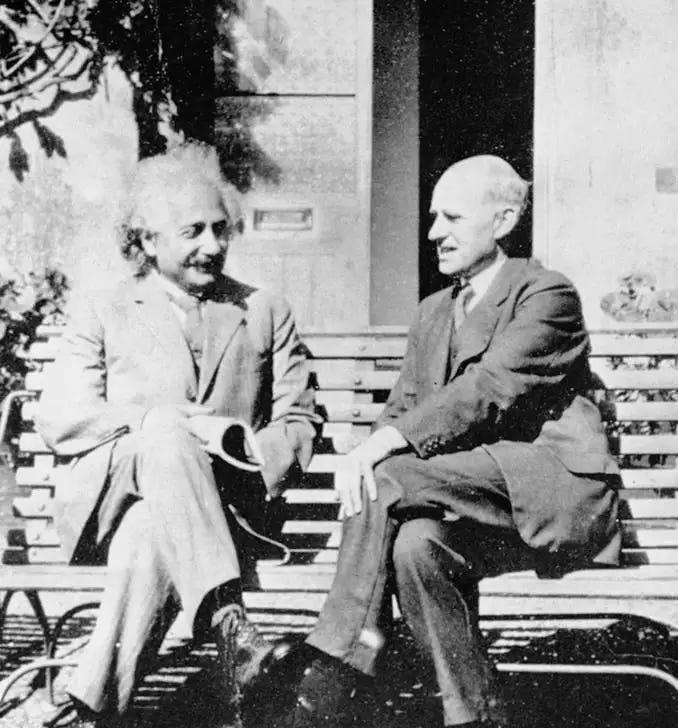
Dear Jayant,
I am absolutely thrilled to have discovered your blog post. Thanks for the great articles and for the inspirations.
My best wishes,
-Swagat S. Mishra
(Former PhD Student IUCAA)
Very interesting